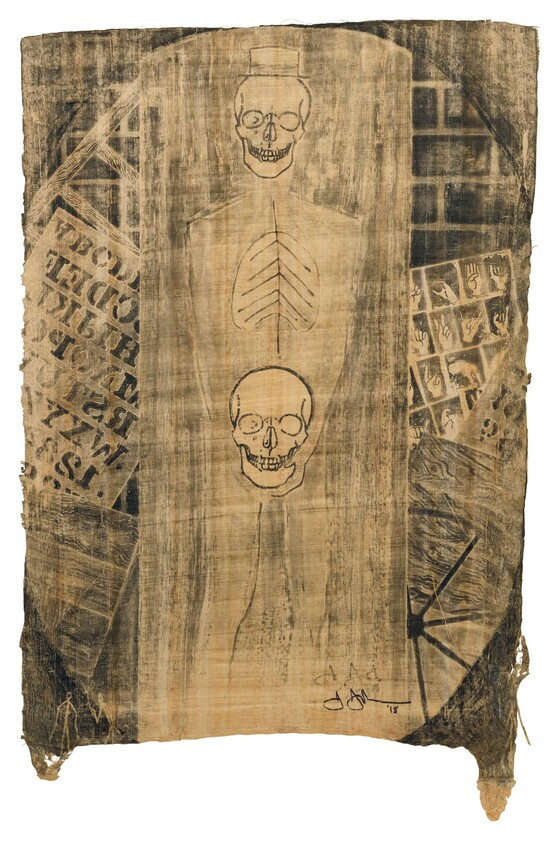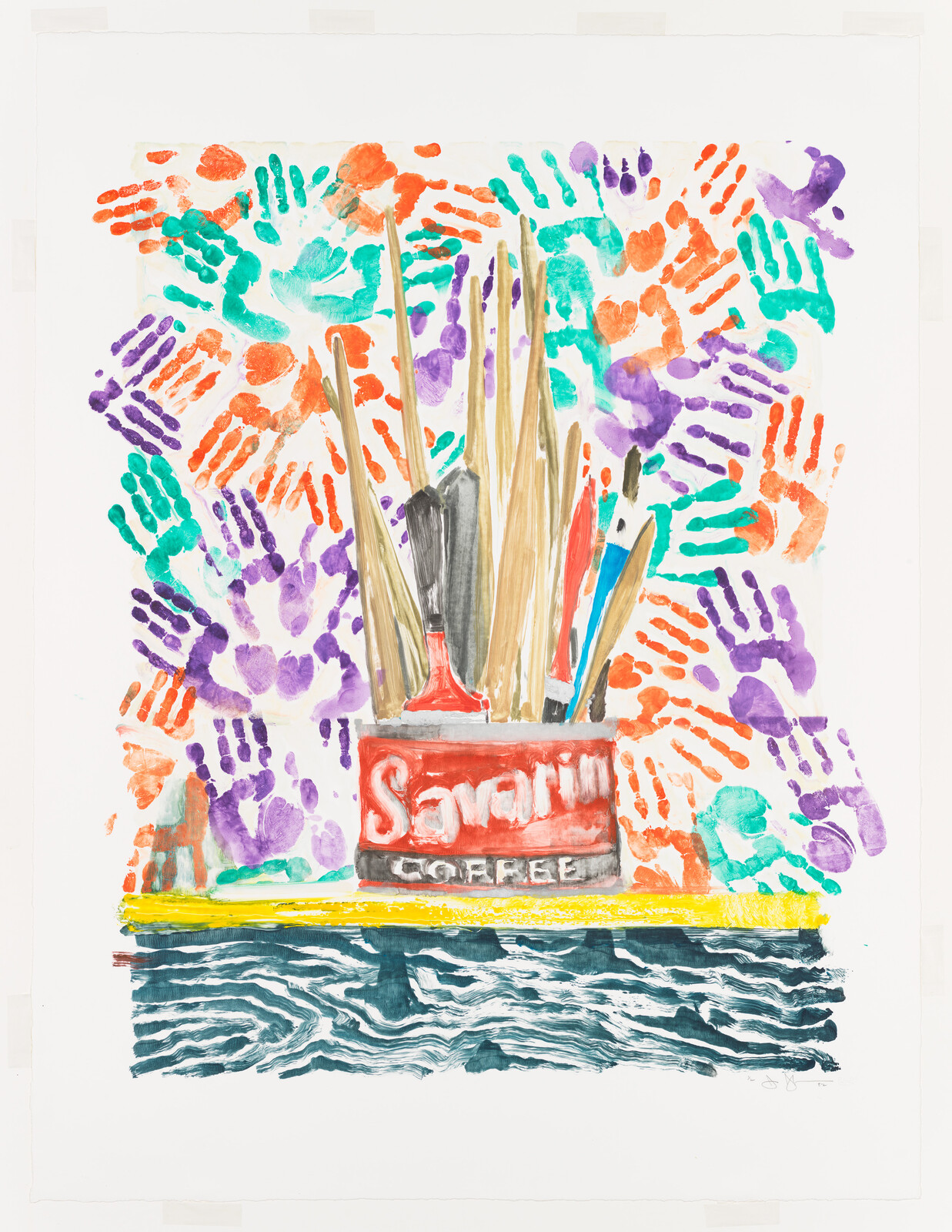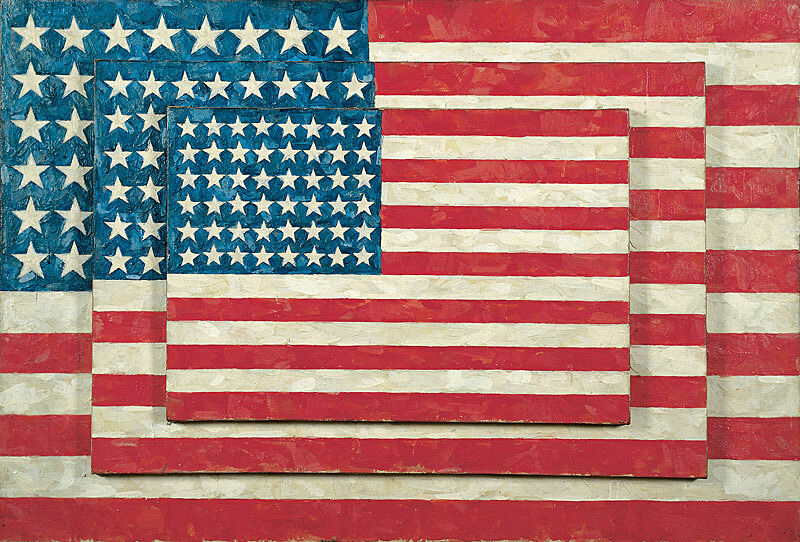Savarin
Sept 24, 2021
0:00
Savarin
0:00
Narrator: The prints lining the walls of this gallery have their origin in a sculpture that Johns made about two decades earlier—you’ll see it in the center of the room. Johns often returns to a theme again and again, taking it as an opportunity to explore new processes and approaches. These prints are monotypes, which Johns made on top of another type of print, a series of lithographs.
Kim Conaty: The actual process that Johns used to make these monotypes was one in which he positioned a plexiglass plate over an existing lithograph so that he could clearly see the image on which his marks were going to be superimposed.
Narrator: Curator Kim Conaty.
Kim Conaty: And then he painted on that plexiglass. While that ink was still wet, Johns pressed paper onto the plexiglass and ran it through a press to transfer the ink. This is following a typical monotype process.
Narrator: In the process, the image on the plexiglass is destroyed. This is why these prints are called monotypes—the method only makes one of each.
Kim Conaty: It also makes it a process that is extremely open to chance. And to me, I think that this aspect of chance, this sort of playfulness that Johns could experience through this process, is part of what drew him to it.
I think in looking at the prints that have, for example, Johns’s own hand, we really see quite literally the human touch in each of these works. Other examples of the Savarin monotypes in this room that are absolutely open to chance are those where Johns used an emulsifier. He added drops of this emulsifier as part of the monotype process to literally dissolve the ink, which means he’s dropping this liquid onto the surface and liquid will do what it will and it will spread and it will make these marks. It’s as if rain drops have hit these prints.



